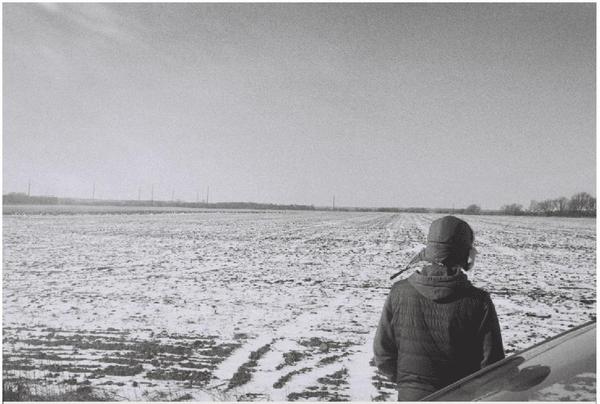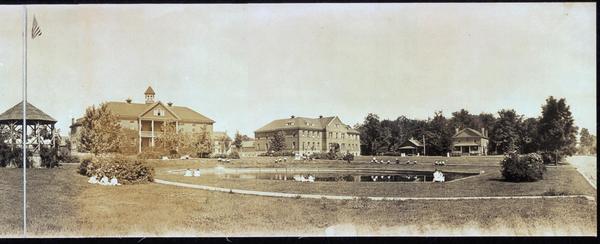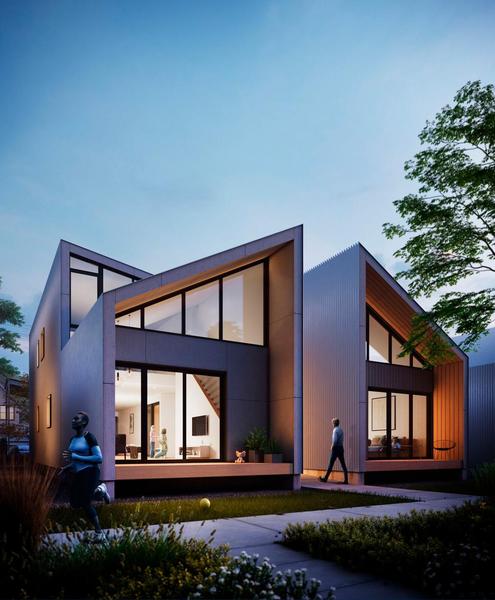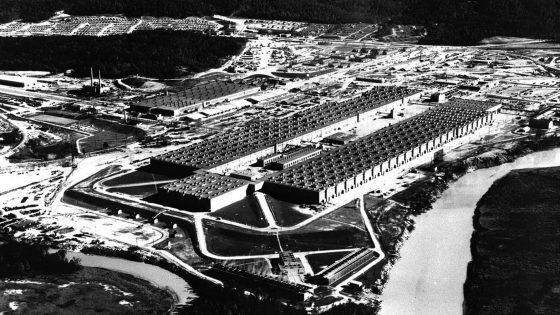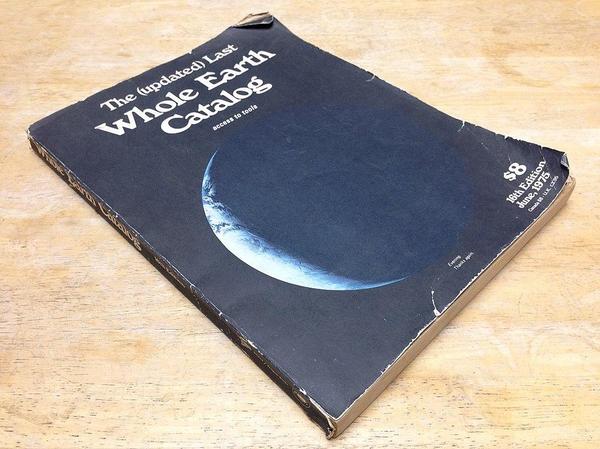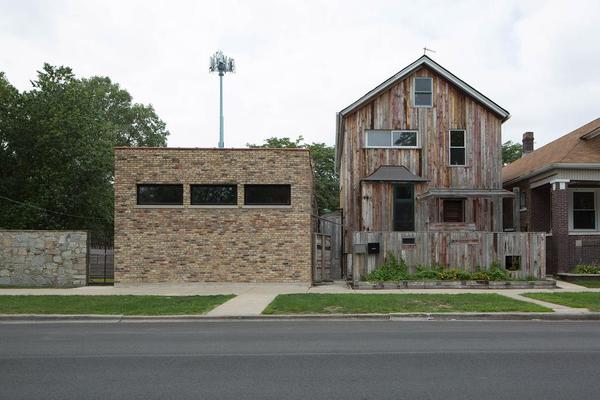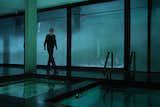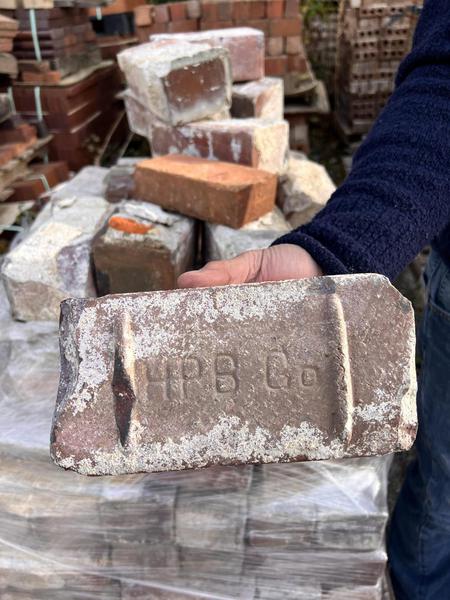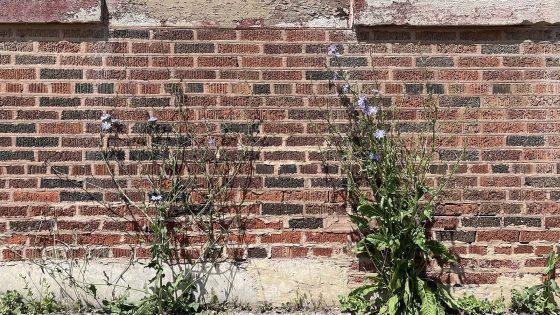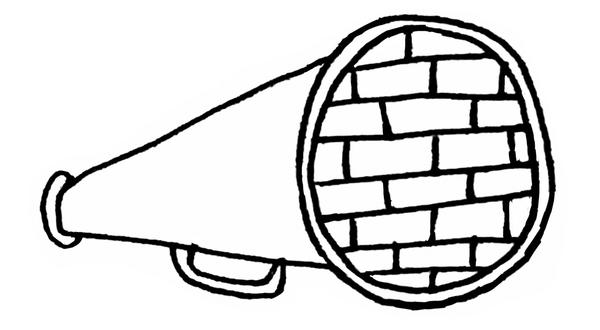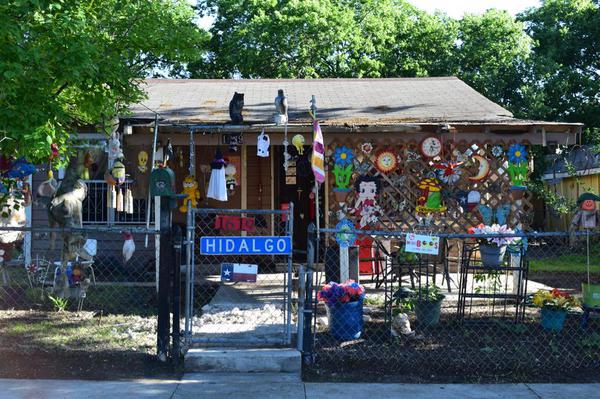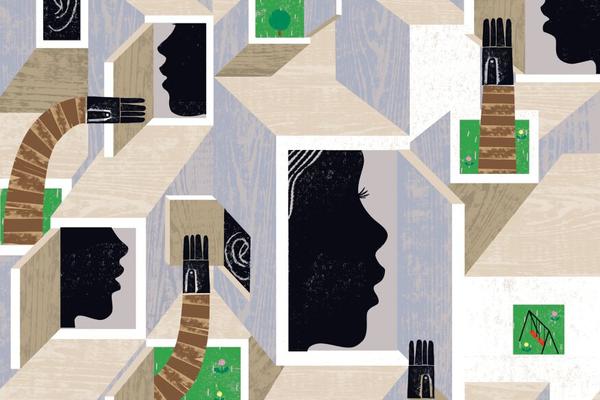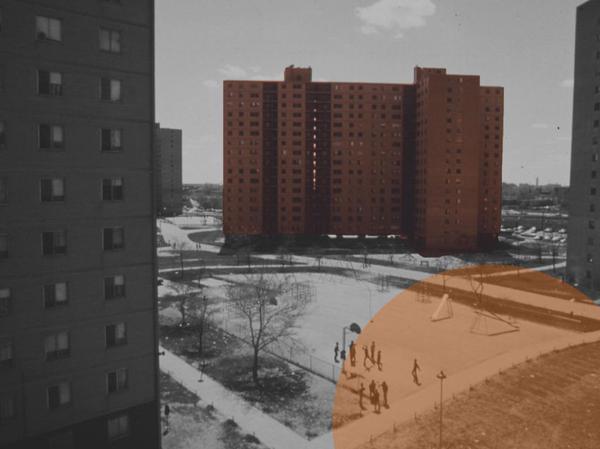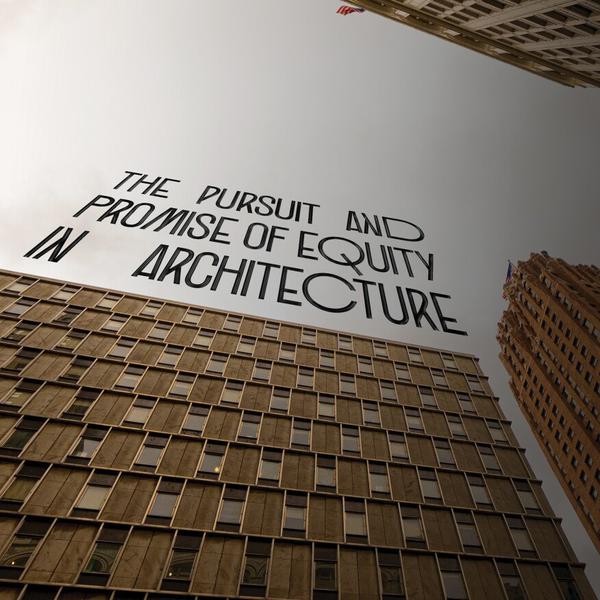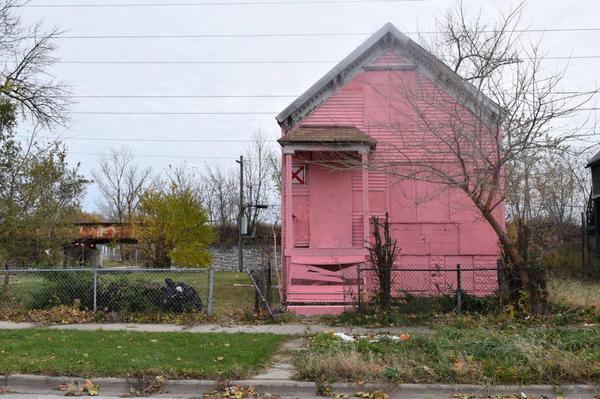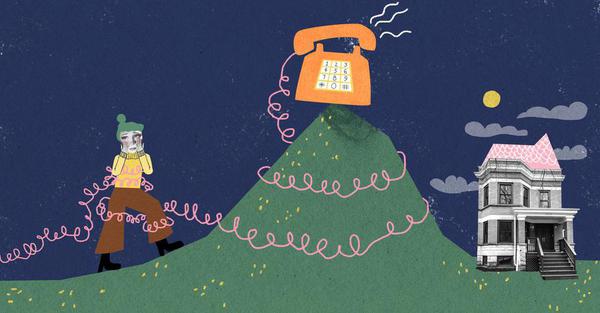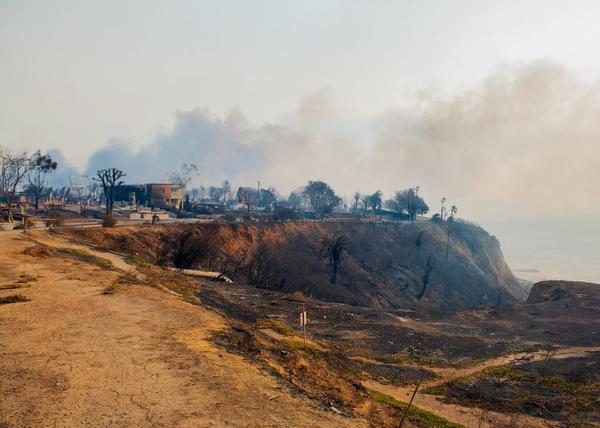
Is GoFundMe the New Insurance?
Your house is likely the most valuable asset you’ll own—it’s the source of potential intergenerational wealth and the container for your belongings—but the task of insuring it properly comes with a lot less certainty. There’s been much discussion about the failures of homeowner’s insurance over the past few years, in light of the climate crisis wreaking havoc on communities that have long thought they’d never flood or burn. Variables dictate what is covered and what is not—like water coming from...
 Filters & Sorting
Filters & Sorting

